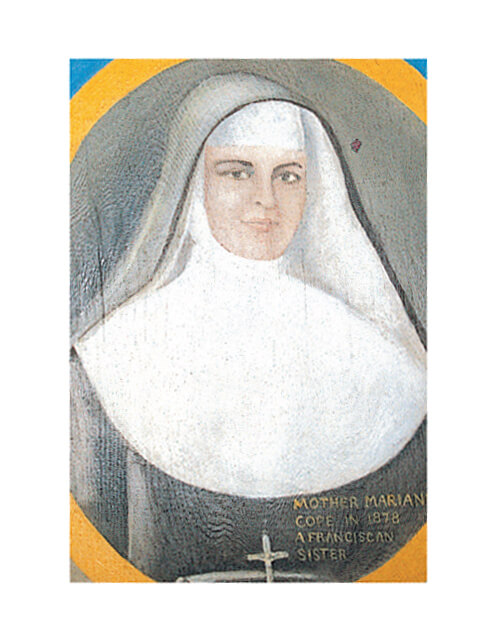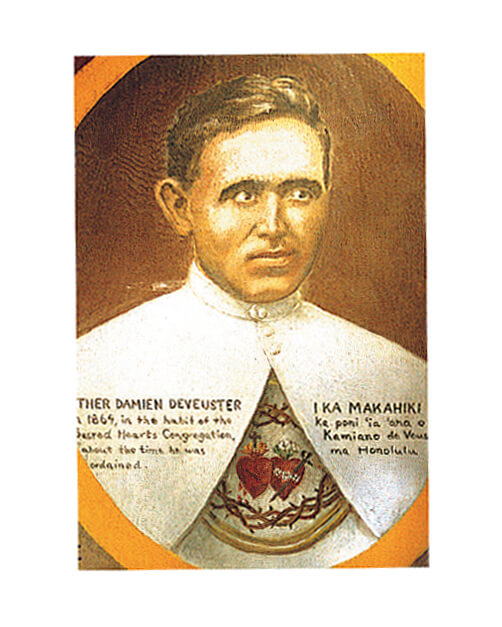
Common wisdom sees proof Jesus is God in the miracles he works. Certainly we see in Jesus’ actions God’s intent to heal and give life to people in need. Many in the crowds believe in Jesus as they hear his teachings and see him heal and forgive people. However, others don’t believe. They become critics and opponents. Jesus’ miracles threaten some religious officials and teachers who see Jesus claiming authority that belongs to God alone.
The gospels don’t document Jesus’ miracles to the standards of today’s historians or scientists or even to answer our own questions. Today we want more complete diagnoses of the illnesses. Are the demons afflictions such as mental illness or epilepsy or addictions that take us over, possess us?
Those who hand on stories about Jesus are believers who want us to believe, too. Miracle stories make claims we can only verify in our own experience. Does God act in our lives today? What power does faith in Jesus have to heal and free me? Or, is Jesus’ ministry like King Arthur’s Camelot, a time like no other now lost in the mists of history, an inspiring story?
What really happens in a miracle? In Sunday’s gospel nine of the ten lepers disappear from the scene and leave no clue how being healed has affected them. How does physical healing affect people spiritually or how does spiritual healing affect us bodily?
Physical healing doesn’t make the nine lepers grateful people. What is the power of faith to transform us as whole persons? As people who never knew Jesus face to face became believers, they must have wondered if faith in Jesus had the same healing and freeing power that he had in person.
In Sunday’s miracle story Jesus never touches the ten lepers but instead tells them to go to the priests, who have the power to certify they are healed and can rejoin society. On Jesus’ words alone they set out and discover on their way they are healed. Frequently miracles stories end with Jesus affirming, “Your faith has healed you?”
- How and where does God act in our world and in my life?
Miracle stories follow simple patterns or literary forms that are easy to recognize in the gospels. Most of us use literary forms without thinking about it. Many jokes follow familiar patterns—little kids’ knock-knock jokes; good news/bad news jokes; jokes with sets of three events or three characters such as a rabbi, a minister, and a priest.
At least three characters appear in each gospel miracle story—a person in need, the miracle worker, and a witness. The plots follow a simple, four-step pattern:
- Jesus, the miracle worker, meets a person in need;
- The person in need pleads for help or the person’s parents or friends ask for help;
- Jesus works a wonder;
- The person in need recognizes Jesus has healed or freed him or her. Witnesses react with amazement or rejection.
The scenes may include more than the essential three main characters. A person in need may have friends or family along who witness the miracle. Disciples, crowds, and opponents witness some scenes. Crowds and critics sometimes doubt Jesus has the authority or power to help, heightening the impact of the miracle.
How Jesus works the wonder may vary. He may touch the person in need, proclaim a sick person well in words, command an evil spirit to leave a possessed person, or pray to God for the person.
- What is typical about the miracle story that forms Sunday’s gospel?
- What parts of the story are unusual and break the pattern?
Sunday’s gospel follows the pattern until near the end when only one of the ten lepers returns to praise God and thank Jesus. This twist probes how the physical healing affects the ten within themselves. Does the miracle lead to faith or require faith? Is the Samaritan the only believer? Is he grateful because he is whole or does he bring a grateful attitude to the miracle?
Luke also uses the miracle story to ask why many Jewish people who expect a messiah don’t recognize him when he comes and why many people of other nations, who had no preparation for his coming, believe Jesus is from God. Luke probes the mystery of why the same sign of God’s presence—healing from leprosy—leads a Samaritan man to believe in Jesus and nine to remain under the law of Moses.
- How does attitude affect healing? How has faith worked to make you whole in your life?


The Sisters of St. Joseph that minister in Hawaii revere St. Damien and St. Mother Marianne and advise never to use the “L” word to identify those with Hanson’s disease. The “L” word describes not just a disease but a history of making sick people into outsiders isolated from other humans.
Those with skin diseases in the gospel and those on Molokai suffered not only their disease but their isolation from others and from hope. Perhaps the other nine were celebrating with their families. Today doctors can cure Hanson’s disease in weeks. Still we define and profile other human beings by appearance.
- Who are those today that we banish from our circles and society?
- Who do we regard as too dangerously contagious to be in our company?
- What do you think the nine people who didn’t thank Jesus are doing?
